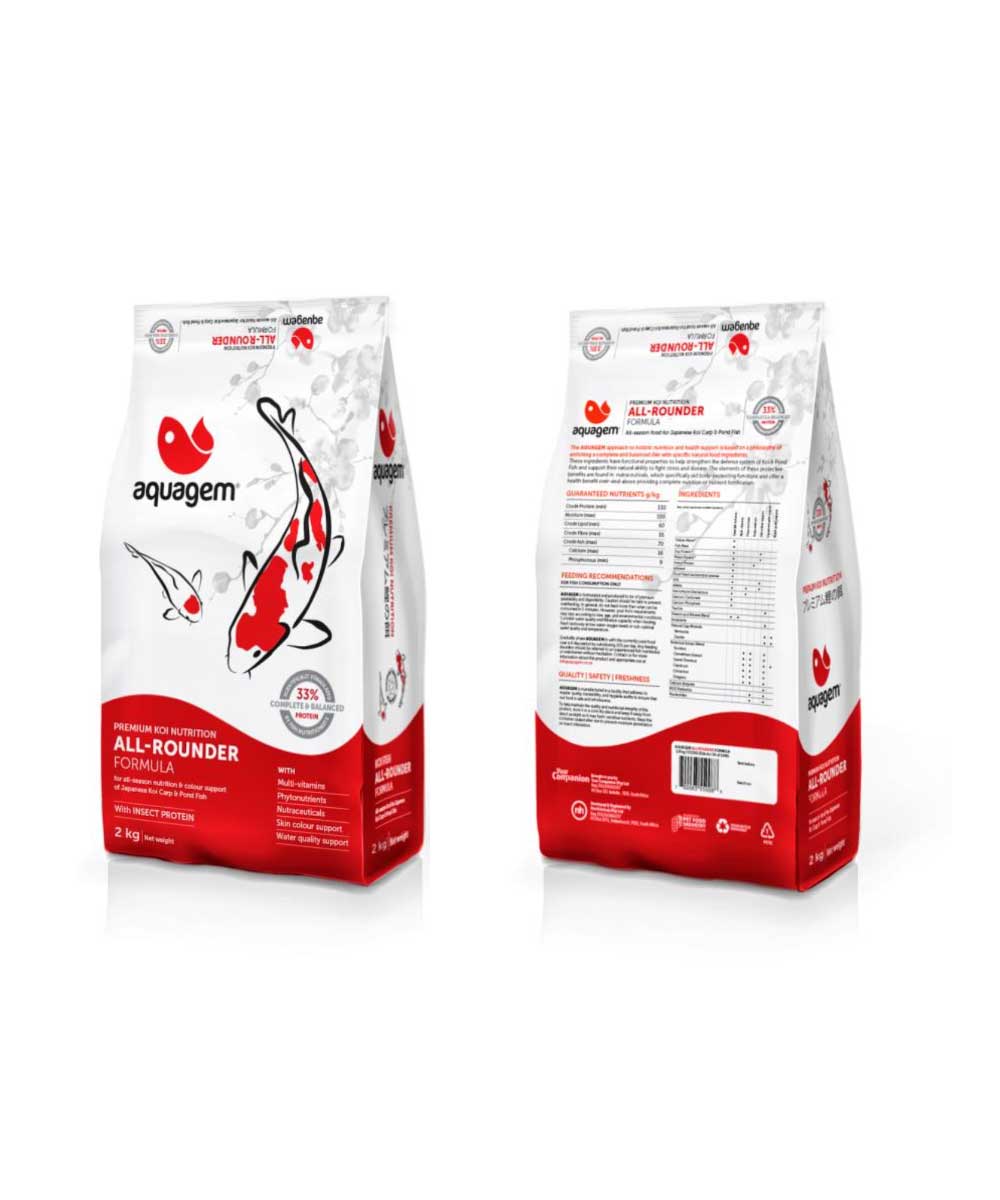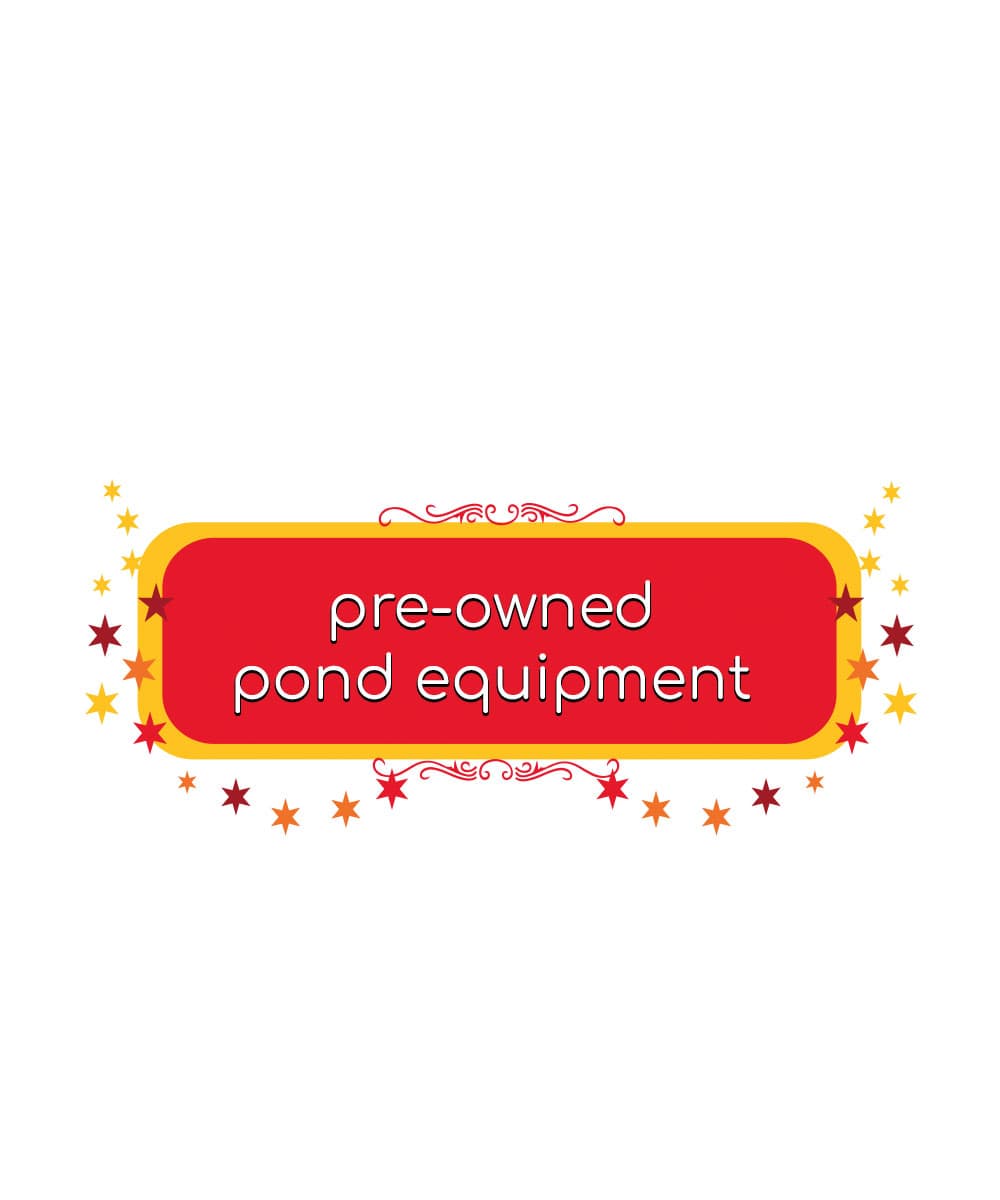Medication
Praziquantel
What is It?
Praziquantel is the foremost treatment for flukes on koi. It is by far the gentlest yet effective treatments for flukes available to our hobby.
Development
Was developed by Bayer. It is a safe medication used to treat a number of types of parasitic worm infections in humans, mammals, birds, reptile, amphibians and fish. It should not be used for worm infections of the eye.
Praziquantel is on the World Health Organization’s List of Essential Medicines.
Praziquantel is FDA approved in the US for the treatment of schistosomiasis (Bilharzia) and liver flukes, and is very effect for other worm infections.
How it Works
Praziquantel causes severe spasms and paralysis of the worms’ muscles. For eliminating flukes and deworming Koi, the medicine is simply put in the water and within just a few hours the infected koi shed the adult parasites from their gills, skin and intestines
Information
Praziquantel has a half-life of 4 to 5 hours.
Practically insoluble in water. But can be dissolved using a small amount of Vodka or formaldehyde or vigorously stirred into a litre of clean water. Repeatedly pouring the white liquid into the pond and repeating the action.
An easy, practical method is to place the powder in a nylon stocking and hold it in a section of the pond with moving water. Simply gently massage the stocking and the Praziquantel will dissolve slowly into the pond water.
You do not need to bypass the filter nor worry about oxygen levels during treatment.
No water change is needed.
It is a onetime treatment, and because it is so gentle, it does NOT require any water changes after treatment. You do NOT need to bypass your bio filter during treatments. Praziquantel is not affected by salt levels in the pond, and it is not water temperature dependent.
Entirely benign to plants, fish and filter while clearing the Flukes and intestinal worms out rapidly and completely, even with fry.
It is highly recommended as a standard spring treatment in koi ponds at a rate of 3 grams per 1000 L.
Article by: Chris Neaves
Honorary member of the South African Koi keepers Society



